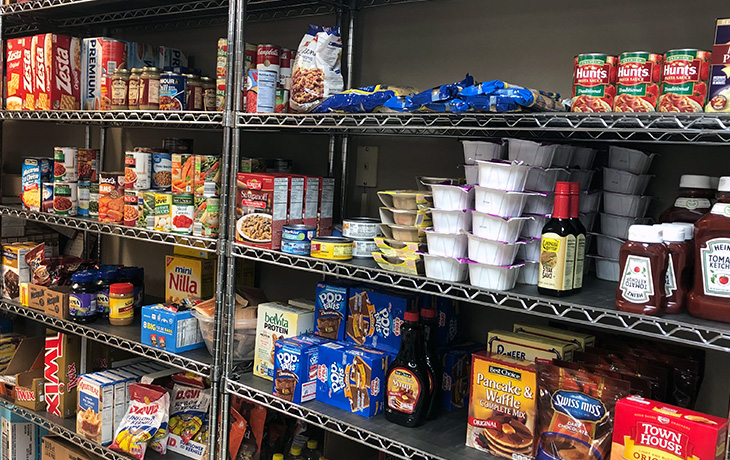First In First Out: How the “use what you store, store what you use” model makes prepping easy

-
Comments (5)
-
M. E.Contributor - September 21, 2020
One of the things that has made my prepping life SO much simpler is online shopping from my local grocery store and the associated app. The app lets you scan items into your shopping list. So, every time I open a can of beans, I just scan that can and the next time I order, BOOM – a new can arrives. Because of the pandemic I’m now at a point where I have about six months worth of supplies on hand, and I never have to worry about that dwindling since I’m constantly restocking what I actually eat and use using this simple scanning method. It has also showed me what I *don’t* use. For example I have multiple cans of fruit cocktail just sitting there that haven’t been touched in six months and have never been scanned. Which tells me to stop buying fruit cocktail!
-
Shane Blomendahl - November 25, 2020
The FIFO model is a lot easier with a good storage plan. It can be really easy to forget what is the newest/oldest cans or food in your inventory. For bulk food like flour, rice, grains, these flip buckets are great to help rotate your supplies.
-
Alisa Felix - November 11, 2021
Another pro tip here from a former grocery store clerk, the grocery stores implement FIFO as well.
Watch the people stocking the shelves next time you are there. Its easily seen in the produce section where they will put the new fresh apples towards the back or bottom and bring the older ones to the top and front. Check dates on things like cereal pancake mix and compare those in front with the ones in back. The ones in back usually have a later expiration date.
-
Gideon ParkerStaff - November 19, 2021
Pasting a note from a reader from another thread that relates to this article:
M. E. – I bought the Shelf Reliance “pantry organizer” recommended in the FIFO article on TP. It took a while to put together (the built-in shelves in my pantry are not really well configured for it so I had to modify) and get used to using it but it’s helped immensely in terms of keeping the oldest cans accessible. I absolutely recommend it. I keep 5-6 cans of each product in my “main” pantry and then backup stores of my most frequently used products in the basement, and I’m confident that I’m always using the can with the most imminent expiration date. As I use up cans upstairs I rotate the basement ones and add those products to my shopping list so I constantly have a fresh supply.
A good thing about this method is that it helps me see what I never actually eat. Fruit cocktail seemed like a good idea but I never eat it. Canned mangoes seemed like just a luxury item but it turns out I eat them at least once a week. This has also helped me in donating to food pantries – they will not take items that are expired, period. So if I see something that is about to expire in a month or so, I both donate it to a pantry and remind myself to never buy it again because clearly it is something I don’t eat often enough to justify keeping in my kitchen!
-
brownfox-ffContributor - January 29, 2022
Great article. Thank you for writing this.
On the topic of useful cook books:
There is a free PDF cook book named “Good and Cheap”– https://www.leannebrown.com/all-about-good-and-cheap/ (también en español)
The author is from New York and has a Masters in Food Studies. She wrote the book with a specific goal: recipes that let you eat good food on a budget of $4 per day – the budget that was given for the US SNAP / Food Stamps program.
The PDF is completely free to download and use, under a Creative Commons license.
You can also purchase physical copies.The book includes pages on how to shop smartly and how to use a pantry; what staples to stock and how to use them.
I find it quite useful.
-